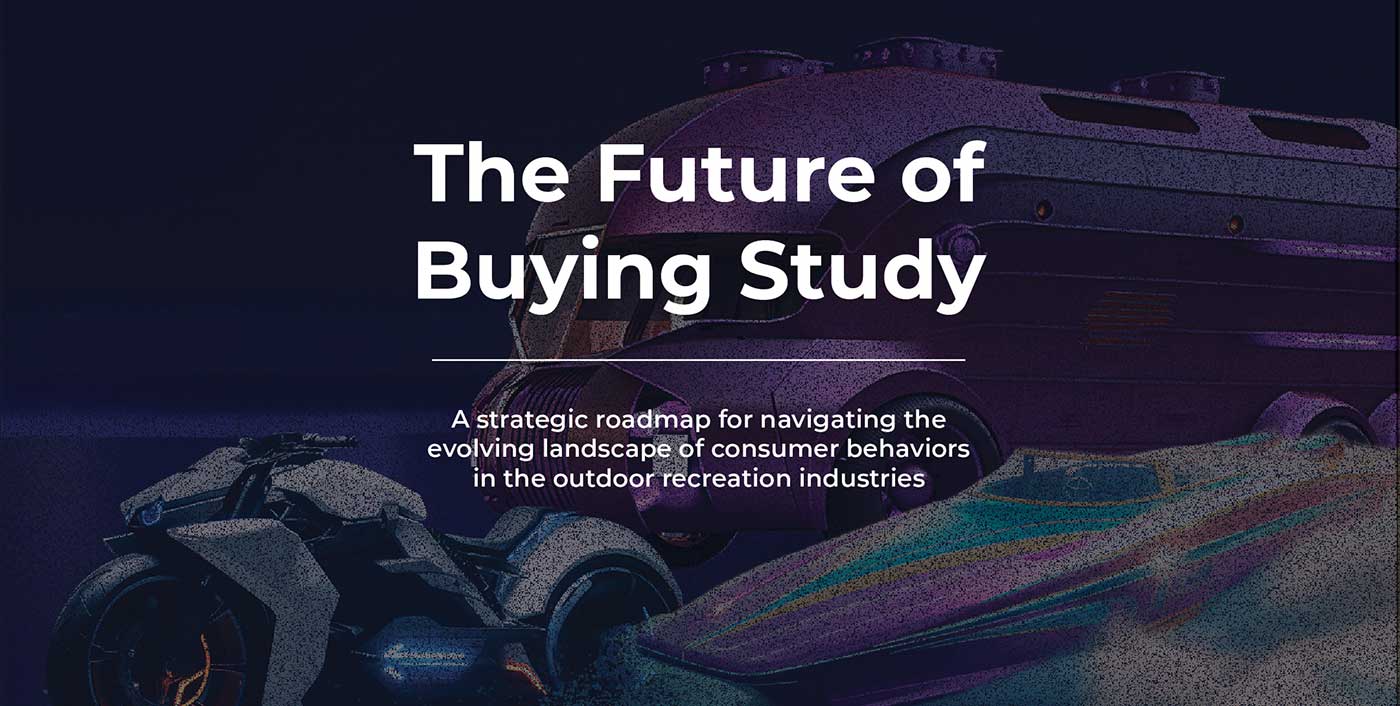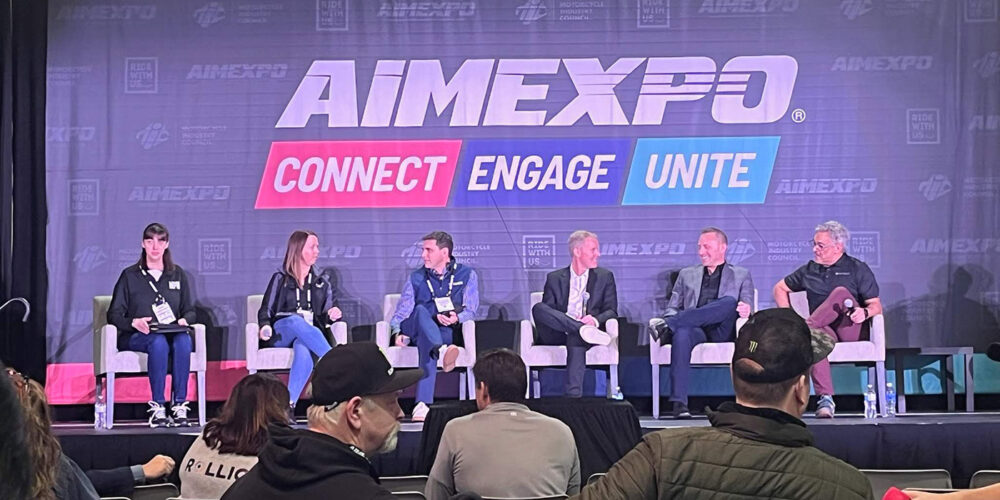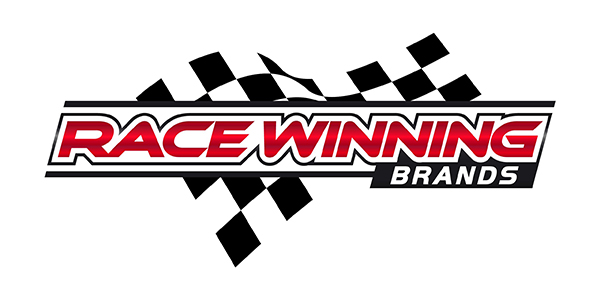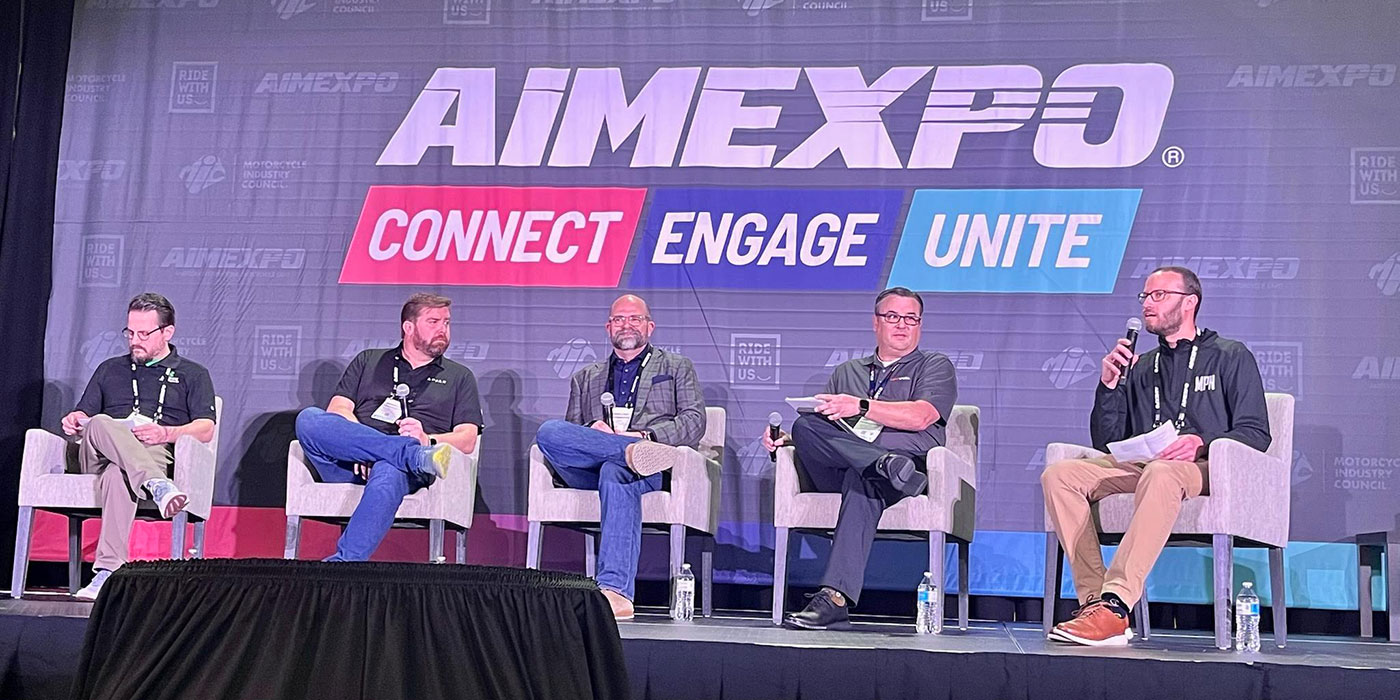There is a lot of really bad Minimum Advertised Price (MAP) information out there. Since I am trying to write good information, or at least above average, I thought I would share some of the really bad stuff I’ve seen.
It’s surprising how often I find articles that are flat out wrong about what a MAP policy is. There are many small mistakes, but there are some much larger and potentially dangerous ones as well.
Here are two of the biggest and most common mistakes I see.
1. People confuse “advertised price” with “sale price.”
Here is an example from a recent article I read that was supposedly explaining MAP.
“…a shirt manufacturer sets the MAP at $ 47. What does it mean? This means that the seller can sell the same shirt for the same amount or more, not for less.”
Besides being poorly written this is factually incorrect. What it should say is that if the MAP price is $47.00, then sellers are in violation of the policy if they advertise the product for less than $47.00.
I know this seems nitpicky but it is important.
A MAP policy only applies to advertised price, not sale price, for a reason. The reason is to avoid violating the First Sale Doctrine.
I am not an attorney and cannot give legal advice, but with six years of experience, let me tell you my non-legal opinion on why this matters. The First Sale Doctrine says that if someone buys a product legally, they can then sell it at whatever price they want.
Additionally, a manufacturer cannot hinder their ability to sell at whatever price they choose. So, if a manufacturer controls advertising, but allows sellers to sell at whatever price they want, then they are not in violation of the First Sale Doctrine.
This is why almost all MAP policies have a clause like this:
THIS POLICY IS LIMITED TO RESTRICTIONS ON ADVERTISING AND IS NOT INTENDED TO CONTROL, INFLUENCE, DETERMINE, RESTRICT OR LIMIT IN ANY WAY THE PRICE AT WHICH “ACME” PRODUCTS ARE SOLD.
Hey I get it, we all know the advertised price is the same thing as the selling price on a website. So, is this just some sort of legal loophole?
Manufacturer: “We are not telling you what price to sell for only what price to advertise!”
Seller: “Well it’s the same damn thing. Leave me alone!”
Maybe it is a loophole, but it benefits the brick-and-mortar dealers.
When you are in your local dealership and are about to buy a pair of awesome Gaerne boots, you might ask the salesman if he can knock a little off the price. If he decides to give you a $50 discount, he is not in violation of the MAP policy because he did not advertise the lower price or the discount. I have to say, anything that gives dealerships an advantage over Amazon is dear to my heart.
But not only that, it is great for the manufacturers as well. If dealerships have a good profit margin and do not have to compete against third party sellers on Amazon, they are more likely to stock products, and to push one brand over another. This translates into more brand awareness and sales. So the brand, the customer and the manufacturer benefit.
There are additional advantages to policing “advertising” and not “sale price” as well.
Most MAP policies apply to more than just the advertised “price.” They also apply to other forms of advertising. A policy might state that strikethrough pricing is a violation. In this case a reseller advertising the above shirt for “$48.00” might be in violation of the policy, even though the price is $48 which is above $47, it uses strikethrough pricing which is a violation of the policy.
Another common example is forbidding phrases like “See price in cart”. If these words are used it might imply that there is a lower price available in the cart. A MAP policy can prohibit this phrase or perhaps “any wording which implies a lower price is available.”
These options give manufacturers a lot of control on how their product is sold. There are many other nuances and options which I won’t go into here, but your get the idea.
2. The next big mistake I see is people confusing a Unilateral MAP Policy with an “agreement.”
This can be a big deal. Here is another excerpt from my collection of bad MAP info: “Minimum advertised price (MAP or IMAP) is a contractual arrangement between a manufacturer and a retailer that requires the latter to display a minimum advertised price despite the actual selling price.”
A unilateral policy is most definitely NOT a “contractual arrangement.” Unilateral means that it is just one party, ie the manufacturer. An agreement implies two or more parties and that they have agreed. I see this issue all the time. We send violation notices to dealers every day and frequently one will call me up and say, “We never agreed to this MAP policy, so we do not have to abide by it.”
I then have to explain to them that a unilateral policy is not an agreement and that they actually do have to abide if they do not want to be cut off by the manufacturer.
This is good for manufacturers as well, because they usually sell to wholesale distributors who in turn sell to hundreds of dealers and e-commerce sellers, which the manufacturer knows nothing about. These are often the third-party sellers on Amazon, etc. If the policy were an agreement, that only applied to the dealers the manufacturer had a relationship with, it would allow the rogue third party sellers to do what they like. The guy sitting around in his underwear with a laptop and a data feed from a wholesale distributor is not someone you want representing your brand!
There are other ways to limit these “underwear entrepreneurs” with an authorized dealer program, but that is a topic for another article.
For now, if you hear anyone talk about “sale price” or about an “agreement” when discussing MAP, be very cautious. And if you want to read some examples of good powersport MAP policies you can do so here: MAP Policies.














